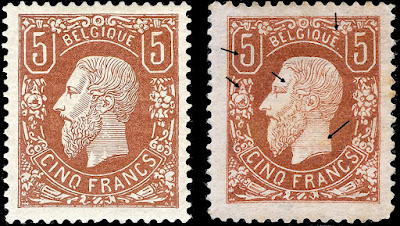Alvin Adams started in the express business in May 1840 in Boston with a partner.
The business routes expanded rapidly and at the start of the gold rush, a new trans-continental business venture was started.
His partner, Daniel Hall Haskell, moved to San Francisco and started Adams first express to the West when he left New York City on September 15, 1849.
Operating solely on the Pacific coast, this partner company of Adams Express was started in November of 1849 by Alvin Adams, William B. Dinsmore, and D. H Haskell.
This post covered California and Oregon, buying out many smaller expresses.
In order to secure the gold dust to be transmitted, Adams & Co. extended lines to the major gold regions of California at an early date. They also served in the capacity of a bank purchasing gold directly from the miners and issuing drafts.
 |
| 1910 Messenger Service |
At their peak in late 1854, Adams & Co. had agencies in Washington Territory, Oregon and in over fifty locations in California and was doing approximately twice the business of Wells, Fargo & Co.
While successful at first, robberies, competition and failed transactions drove it into debt.
Alvin Adams covered the debts himself and shut the business down in 1855. lt was purchased by Freeman &Co., who was purchased in turn by Wells, Fargo Co.
The stamps bear the image of Daniel Hall Haskell
 |
| 1854 1L1 |
ForgeriesSamuel Taylor forgery -Type I
1. The background in the center oval consists of horizontal lines without cross hatching.
2. The four circles in the corners of the stamp have sixteen points, but they are not equal.
3. There is a dent in the outline at the back of the head above the very crude ear
4. The word cents reads as CENS in the lower right circle.
5. The word cents reads as CEPIS in the lower left circle.
6. No ear is visible on the portrait.
7. The hair is represented by heavy dark shading and there are no waves visible as in the original.
8. There is coarse dotted shading on the neck and jaw and on the left side of the forehead.
9. There is a period after EXPRESS in the lower inscription but none in the upper inscription.
10. The horizontal lines are enclosed in a single frame line and outside this there is one thick frame line.
1. The background in the center oval consists of horizontal lines without cross hatching.
2. There is dotted shading on the jaw and chin and at the left side of the forehead.
3. The four circles in the corners of the stamp each have sixteen serrations or points as in the originals, but here the serrations are unequal and irregular.
4. There is a small misshaped period after EXPRESS.
5. At the back of the head above the ear, there is a dent in the outline.
6. The portrait shows a very rudimentary ear.
7. The word CENTS is reasonably legible in each corner circle.
Usually has the initials LR for Louis Reed or less frequently ICW for Isaiah C. Wood
I am not aware of any forgeries
This is a fairly common stamp often found in full sheets
It was probably not postally used
NOTE - the first 3 Adams stamps generally sell for far less than the Sc. catalog price.
 |
| Full Sheet of 1L3 |
Forgeries
This forgery is attributed to Scott
There is no period after EXPRESS
The ovals read 25 CTS instead of 25 CENTS
The oval is framed by only two lines.
The corner circles arc irregular.
In the upper left circle there is a stroke between the 2 and the 5
The image is rather crude.
There is heavy shading on the face.
Same as the previous
However, the face has several
scattered shade lines on the face




























































